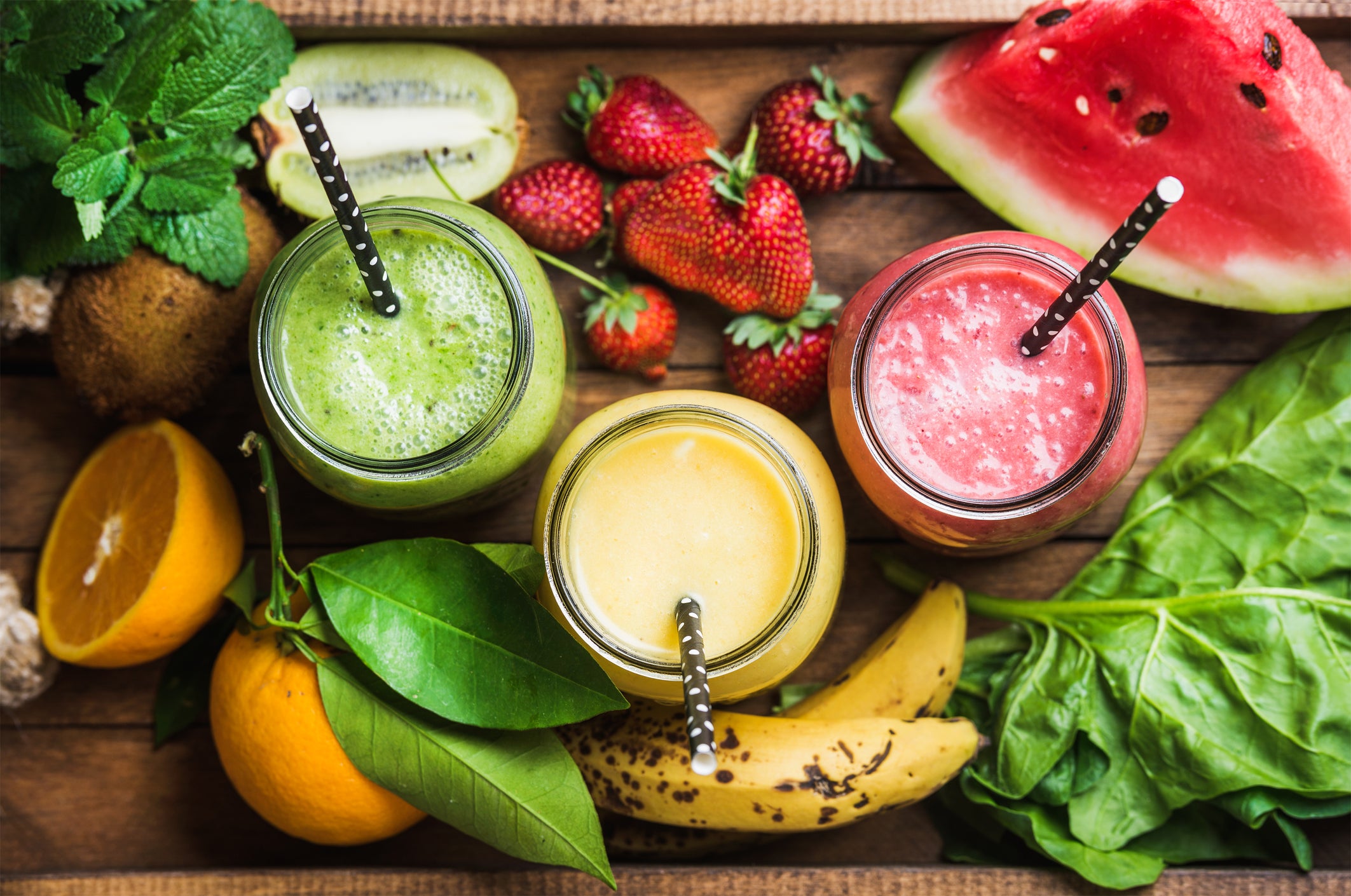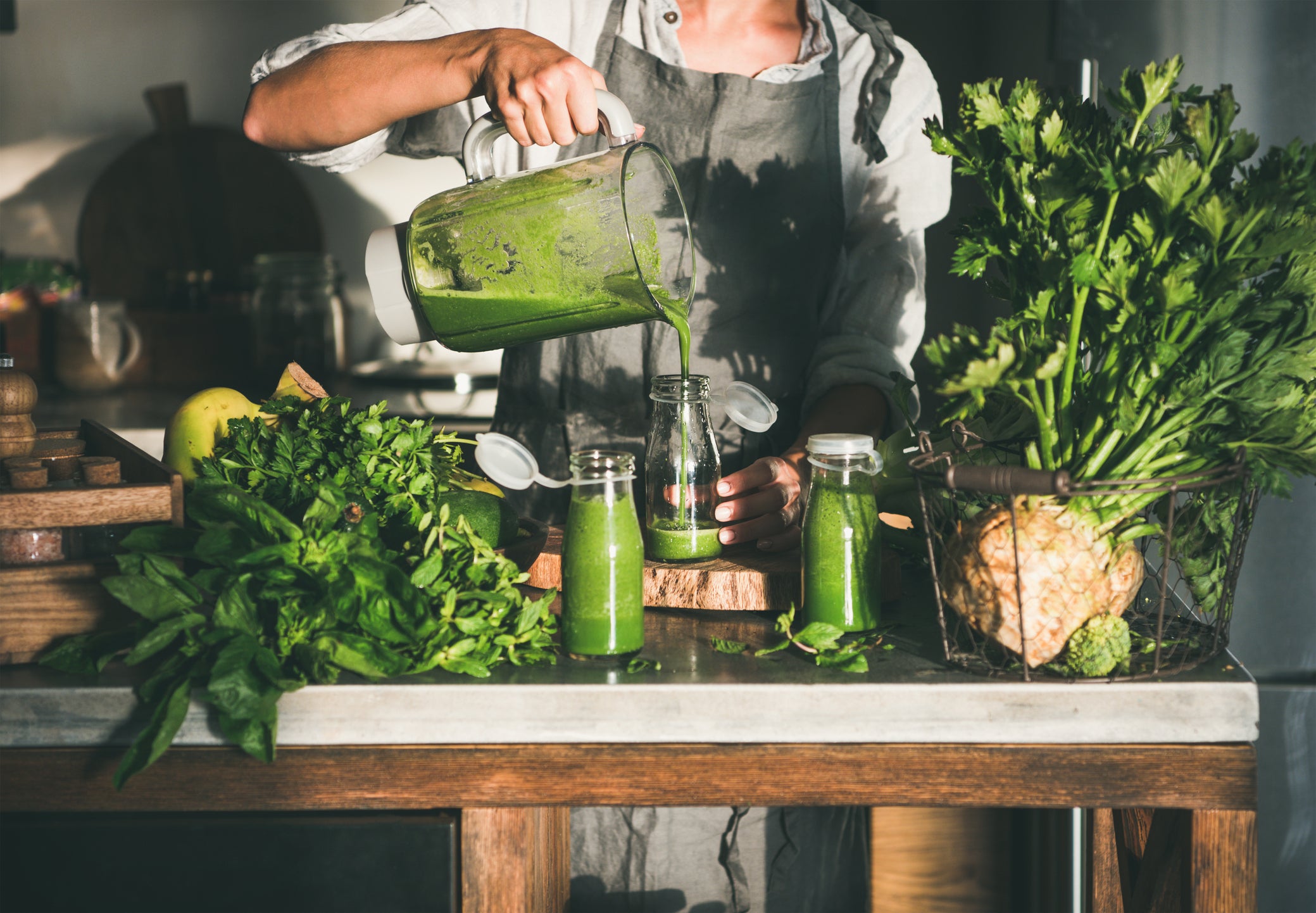- Finance
-
Equipment
- Beverage
- Coffee
-
Cooking
- Shop all cooking
- Bratt pans
- Char grills
- Chicken rotisseries
- Combi ovens
- Contact grills
- Convection ovens
- Conveyor toasters
- Cooktops
- Cooktop oven combos
- Crepe and pancake makers
- Deck ovens
- Fryers and oil filters
- Griddles
- Kebab machines
- Microwaves
- Pasta cookers
- Pizza ovens
- Range ovens
- Rice cookers
- Salamander grills
- Sous vide
- Speed ovens
- Steamers
- Tandoor ovens
- Toaster grills
- Waffle makers
- Wok burners
- Other
- Dishwashers
- Food display
- Food preparation
- Stainless steel
- Laundry
- Point of sale
-
Refrigeration
- Shop all refrigeration
- Blast chillers
- Chest freezers
- Countertop fridges
- Display freezers
- Display fridges
- Gelato freezers
- Ice-cream machines
- Ice machines
- Pizza prep fridges
- Refrigerated drawers
- Sandwich prep fridges
- Slushie machines
- Under counter freezers
- Under counter fridges
- Upright freezers
- Upright fridges
- Other
- Restaurant furniture
- Shop all equipment
- Customers
- FAQs
- Resources
- About Us
Share
Best commercial blender: Buyer's guide
article
What’s inside this buyer’s guide
- Introduction
- Types of commercial blenders
- How to choose the right blender jar
- Other features to consider
- Best makes of commercial blenders
- Used commercial blenders – worth considering?
- Commercial blenders frequently asked questions
- Commercial blender glossary
- Save your cash, use ours!
Blenders may seem like just another kitchen gadget, but don't underestimate their power - they can crush it when it comes to saving time and producing consistent results.
From smoothies to sauces, blenders can blend, whip, and puree with ease.
In a commercial kitchen, where time is money and consistency is key, a high-quality blender is a must-have tool.
So if you're looking to take your blending game to the next level, our buyer's guide on commercial blenders will help you find the perfect match for your business needs.
Types of commercial blenders
When it comes to commercial blenders, there are three primary types: food blenders, immersion blenders, and bar blenders.
Whether you're blending ingredients for a delicious meal, mixing drinks at a bar, or creating a smooth and creamy soup, each type of blender offers unique features and benefits to suit your needs.
|
Type of commercial blender |
|
|
|
Food blender |
Used for heavy-duty blending in commercial settings such as restaurants, smoothie shops, and bars. |
Can puree fruits and vegetables, and blend liquids into smooth, consistent textures. Often have larger jars, stronger motors, and faster blade speeds than standard household blenders. May have programmable settings, multiple blending speeds, and noise-reducing enclosures. |
|
Immersion blender |
Handheld blenders with a long shaft and a blade at the end. Used for blending ingredients directly in a pot or container. |
Ideal for making purees and sauces. Can be used for blending large batches of ingredients quickly and easily. Available in a range of sizes and power levels.
|
|
Bar blender |
Specialized blenders designed for making frozen drinks and cocktails. |
Have a powerful motor and a large jar for blending large batches of ingredients quickly and easily. Commonly used for making margaritas, daiquiris, and smoothies Can crush ice for cocktails
|
How to choose the right commercial blender jar?

While your blender may be the star player, your blender jar is the unsung hero that helps you score big. Don't settle for a mediocre teammate - select a blender jar that's up to the task.
Do you need a jar with a spout for precise pouring?
Or a larger capacity for high-volume blending?
Will you be blending tough ingredients or crushing ice?
To make the most of your blending experience, consider the following factors when selecting your jar:
Material
Choosing the right material is like picking the perfect wingman for your industrial blender – they need to be reliable and able to handle any situation.
Will you need a tough polycarbonate or stainless steel for your daily grind?
Maybe copolyester or glass/Pyrex for a fancier finish?
Keep in mind, each material has its strengths and weaknesses.
Stainless steel is durable and easy to clean but lacks transparency.
Polycarbonate is virtually unbreakable but not recommended for hot foods due to BPA concerns.
Glass/Pyrex is great for open display kitchens and bars, while copolyester is tough enough to handle the heat and acid.
Don't cut corners here, as the right jar will determine the smoothness of your blend and the longevity of your blender.
Capacity
The size of the jar can impact the volume of blended foods that can be produced, affecting the efficiency of the kitchen.
For high-volume commercial kitchens, larger jars with a capacity of 1.9 litres (or more) are often the preferred choice.
This allows for blending larger quantities of ingredients in a single go, saving time and increasing productivity.
However, smaller jars with a capacity of 0.9-1.3 litres can still be useful for preparing individual servings or smaller batches of blended foods.
Handles
Blender jars for commercial kitchens come in two variations: with handles and without handles.
The jars with handles offer ergonomic support, making them easier to lift and pour without the risk of spills or accidents.
On the other hand, blender jars without handles are easier to clean and can fit in tight spaces.
If you choose to go with a handleless blender jar, ensure it has a non-slip base and a comfortable grip design for safe and efficient use in the kitchen.
The choice between the two options will depend on the unique requirements of your commercial kitchen.
Stackable
If your establishment requires multiple blenders or blender containers, it would be wise to opt for stackable jars.
This would allow you to conserve valuable storage space by stacking the jars on top of each other, rather than having them take up more space horizontally.
Graduations
With measurement markings etched onto the jar, graduations provide a quick and accurate way to measure ingredients without the need for additional tools.
This feature is especially important for food service operators who strive for consistency and efficiency in the kitchen.
SilverChef's range of blenders with in-jar graduations makes it easy to achieve precise and consistent recipe preparation, whether you're making the same recipe every day or experimenting with new creations.
Go jar-less
To process large quantities of soft or liquid foods quickly and efficiently, skip the jar and opt for a commercial immersion blender.
By doing away with the jar, you'll have no limits on how much food you can blend at once, making it an excellent choice for commercial kitchens that demand speed and precision.
Immersion blenders are specifically designed to handle high volumes of food and can whip up soups, sauces, and purees in no time.
Plus, they're a breeze to clean and maintain, making them a smart investment for any kitchen looking to streamline its food prep process.
Other features to consider

Before you hit that 'buy' button, let's take a moment to consider some other key factors that can make or break your blender game.
Think horsepower, control type, noise level, and ease of cleaning — each factor plays a vital role in ensuring your blender meets your business needs and exceeds your expectations.
Blender application
As a professional in the food industry, you know that not all blenders are created equal.
The type of blender you need will depend heavily on the environment in which it will be used.
For instance, if you operate a busy breakfast establishment, you'll likely need a high-powered blender capable of handling large volumes of frozen fruits and ice for smoothies and blended drinks.
In contrast, a fine dining restaurant may require a more sophisticated blender that can delicately puree soups and sauces with precision and finesse.
Also consider its frequency of use.
A small bar may only require a blender for occasional use, while a bustling sports bar will need a blender that can handle a steady stream of blended drinks during peak hours.
Opting for a high-end blender with a durable motor and parts can ensure it lasts for years in a high-volume environment.
It’s also important to take into account how well its features align with your blending requirements.
If you run a juice bar, a blender with programmable controls and timers can streamline the process of making multiple batches of the same recipe throughout the day.
A bar specialising in frozen cocktails may require a blender with multiple blending speeds and settings to achieve the perfect texture for each drink.
While it's tempting to invest in a high-end blender with all the bells and whistles, it's essential to strike a balance between functionality and price.
Horsepower / wattage
Check out our comprehensive table below, featuring common blender horsepower ratings and their recommended applications, including estimates of servings per day.
|
Blender HP Rating |
Recommended Application |
Estimated Servings per Day |
|
½ - 2 HP |
Light-duty blending, such as pureeing soups and sauces, making smoothies, and crushing ice. |
50 - 75 servings |
|
3-4 HP |
Medium-duty blending, such as blending frozen fruits and vegetables, making nut butter, and crushing ice for frozen drinks. |
75-150 servings |
|
5-6 HP |
Heavy-duty blending, such as blending tough ingredients like nuts and grains, making large batches of smoothies, and crushing ice for high-volume frozen drinks. |
150-300 servings |
|
7+ HP |
Extra-heavy-duty blending, e.g. large batches of thick, dense ingredients like dough, making frozen cocktails, and crushing large volumes of ice for high-volume bars and restaurants |
300+ servings |
Blender controls

To become a pro at blending, it's crucial to understand the three main control types: toggle/paddle, electronic, and programmable.
Each type has its own advantages, making it best for certain tasks.
Knowing how to use all three will help you achieve the best blending results by choosing the right control type for each job.
Toggle/Paddle Controls
- Provides a straightforward and tactile approach to blending tasks that do not require precise speed and timing control.
- Typically suited for smaller-scale blending needs, as they offer a simpler, no-frills option that gets the job done efficiently and effectively.
Programmable Controls
- Elevate blending to a new level of precision and customisation, surpassing basic toggle/paddle controls.
- Offer advanced features like automatic timers, touchpad start/stop buttons, and multiple power levels, providing greater control and customisation options
Electronic Controls
- Designed for high-volume environments where consistency is key, particularly for repetitive blending tasks.
- Offer a programming feature that allows the user to set specific blending times and power levels for future use, streamlining the blending process and ensuring consistent results.
Variable speed settings
Blenders come with a range of speed settings, usually from 2 to 10, that can be adjusted to suit the recipe's specific requirements.
With the ability to control blending speed, chefs can achieve the perfect texture and consistency for a wide range of recipes.
Whether it's gradually increasing the speed for smoothies or using a higher speed for thick sauces, variable speed settings provide the flexibility to achieve the desired results.
They also prevent messy accidents when blending hot liquids and ensure a smooth and creamy finish for tough ingredients like nuts.
Noise level
If you're tired of the ear-splitting noise of blenders disrupting your kitchen's peaceful atmosphere, you might want to consider getting a blender that comes with a sound enclosure.
This brilliant feature is made up of a sturdy polycarbonate shield that envelops the blender during use, successfully minimising the noise generated by the machine.
Although the enclosure may restrict access to the jar and controls to a certain extent, it's a minor inconvenience compared to the benefits of having a calmer workspace.
Opting for a quieter blender isn't just a wise business decision - it's an investment in your establishment's reputation and prosperity.
Your customers and employees will thank you for it!
Ease of cleaning

Cleaning your blender may not be the most exciting chore, but it's important if you want to ensure that your appliance stays in good condition.
Fortunately, there are features available that can help make cleaning a simpler and more efficient process, leaving your blender looking as good as new.
Removable jar pads
These pads not only shield the blender base from scratches and other damage, but they also help prevent the build-up of spills and splatters over time.
And when it's time to clean up, simply remove the pads and take them to the sink for easy cleaning - no more struggling to scrub them in place!
Removable blade assemblies
To achieve a thorough and efficient cleaning experience, many blender models allow you to detach the blade assembly from the base of the jar.
This feature guarantees that no food residue remains lodged in the jar's gaskets or crevices.
Removable shafts
This feature is crucial to protect the motor from damage while cleaning and saves time and effort.
It also eliminates the need for manual scrubbing around the blades, resulting in a more hygienic and efficient kitchen experience.
Best makes of commercial blenders
Hamilton Beach

Hamilton Beach is a renowned American manufacturer of high-quality commercial appliances, having been established in 1910.
The company is known for its dedication to quality and innovative ideas that have contributed to its global reputation.
Some of the recommended models in Australia are the HBH550 Fury Blender, which is a robust machine that can grind even the toughest ingredients with ease, and the Hamilton Beach XBBN0651 Quiet Shield, which is known for its programmable features and silent operation.
Shop Hamilton Beach commercial blenders now.
Waring

Waring, credited with inventing the world's first blender in 1937, has since become a prominent designer and producer of domestic and professional food preparation equipment.
With a presence in over 100 countries worldwide, the company has retained its leadership position in the industry, while also pursuing expansion, innovation, and creativity.
Some of the recommended models include Waring Xtreme Hi-Power Blender MX1100XTXSNNA which features a noise-reducing sound enclosure that can significantly decrease the amount of noise produced while blending and Waring Heavy Duty Big Stix Immersion Blender 300mm WSB50CK which includes a 12-inch removable shaft that can blend large quantities of ingredients with ease.
Shop Waring commercial blenders now
Vitamix

Vitamix, a family-owned business for almost a century, has a rich and proud heritage that dates back to its founder, William G. Barnard.
In the 1920s, he travelled throughout the United States, selling state-of-the-art kitchen equipment. In 1949, Barnard gained renown as the originator of the first-ever televised infomercial, advertising a new product, the Vita-Mix blender.
Today, Vitamix is a globally recognised and award-winning brand.
Among the recommended brands are Vitamix VM57556 Commercial XL 5.6Ltr (B2B), which boasts a remarkably powerful 4.2HP motor and incredibly sturdy blades, and Vitamix VM50031 Commercial The Quiet One ON-Counter featuring six program buttons that can accommodate up to 34 optimized blending programs.
Shop Vitamix commercial blenders now
Kuvings

Since 1980, Kuvings has been a world-renowned brand of healthy kitchen appliances adored by health-conscious individuals in over 80 countries.
Their premium products are renowned for making healthy living easier, more efficient, and more delightful.
It’s a family-operated enterprise with its headquarters situated in NSW.
Two recommended blender models from Kuvings are the CB1000 and CB980 Commercial Auto Blenders.
The CB1000 is equipped with super-fast vacuum technology for a superfine, smooth blend, while the CB980 has an electronic open and close function.
Both models offer one-touch auto blending and pre-set menu options, making them excellent choices for commercial use.
Shop Kuvings Australia heavy duty blenders now
Apuro

Apuro is a leading brand in durable gas and electric commercial catering equipment. With a rich experience of over 18 years, Apuro strives to introduce new and innovative products to enhance the usability, efficiency, and affordability of their machines.
Among their wide range of products, Apuro offers an extensive selection of high-quality industrial blenders, including coffee machines, soup kettles, contact grills, rice cookers, and meat slicers.
Recommended brands include The Apuro DR825-A Commercial Bar Blender with Sound Enclosure 2.5Ltr is a popular choice, featuring a powerful 1.68kW motor with a variable speed range of 10,000 to 28,000rpm and Apuro Immersion Stick Blender 120L/FS442-A, which boasts a powerful 500W motor and can blend up to 120 litres at a time, making it perfect for busy commercial kitchens.
Used commercial blenders – worth considering?
Spending thousands of dollars on a new commercial blender can put a strain on your budget and cash flow.
If you’d prefer not to invest a lot of money in a commercial blender, a cheaper, pre-owned appliance might be the solution you’re looking for.
SilverChef’s range of ‘Certified Used’ commercial equipment is mostly ex-rental equipment sourced from businesses we know and trust.
The equipment is typically less than two-and-a-half years old, has been fully refurbished by us, and is backed by a three-month parts-and-labour warranty.
Considering the effective, or useful, life of a commercial blender is around 10 years, you can be sure our Certified Used commercial blenders have plenty of life left in it.
You can either buy or finance the ‘Certified Used’ (and clearance) equipment on our website.
We’re one of the few financiers, if not the only one, in Australia that funds second-hand commercial kitchen equipment.
Read more about ‘Certified Used’ equipment
Commercial blender frequently asked questions

Is a commercial blender more powerful than a food processor?
Yes, typically a commercial blender is more powerful than a food processor.
Commercial blenders are designed for heavy-duty use and are equipped with powerful motors that can blend large quantities of ingredients quickly and efficiently.
They are also built with more durable components to withstand frequent use in a commercial kitchen.
In contrast, food processors are designed to handle a wider range of tasks, including chopping, shredding, and slicing in addition to blending.
While they can also blend ingredients, they typically have smaller motors and are not built for the same level of heavy use as commercial blenders.
What is the recommended motor power for a commercial blender for milkshakes, and why is it important?
For blending milkshakes, a commercial blender with a motor power between 1000 and 1500 watts is typically recommended.
This level of power is important because milkshakes often contain ice cream or frozen fruits that can be difficult to blend with lower-powered blenders.
A more powerful motor allows for smoother blending and helps prevent overheating or burnout during heavy use.
Silverchef offers a range of commercial blenders with varying motor powers, so it's important to choose one that meets your specific business needs.
Can a commercial blender for smoothies be used for other things?
Yes, a commercial blender for smoothies can be used for a variety of tasks, such as making soups, sauces, nut butter, and even grinding coffee beans.
However, it is important to clean the blender thoroughly between uses.
What are some options for acquiring a commercial blender for my business
You can purchase a commercial blender for sale from a range of sources, including traditional equipment retailers, kitchenware stores, and online marketplaces.
Additionally, Silverchef offers a unique rent-try-buy program for commercial equipment, including blenders, which can be a good option for businesses looking to minimise upfront costs and try out equipment before committing to a purchase.
With Silverchef, you can rent a blender for a fixed period, and if you decide to purchase it, a portion of the rental payments can be credited toward the purchase price.
Commercial blender glossary

Blade Assembly
The part of the blender that consists of the blades, blade housing, and sealing gasket.
It is responsible for blending the ingredients.
Jar/Container
The container in which the ingredients are placed for blending.
Commercial blenders usually come with high-capacity jars that can blend large quantities of food.
Motor Base
The part of the blender that houses the motor, controls, and power supply.
It is responsible for driving the blade assembly to blend the ingredients.
Horsepower (HP)
A unit of measurement used to indicate the power of the blender motor.
The higher the horsepower, the more powerful the blender is.
Pulse Control
A feature that allows the user to blend in short bursts to achieve a specific texture or consistency.
Sound Enclosure
A device that is used to reduce the noise produced by the blender during operation.
Tamper
A tool used to push down the ingredients while blending to ensure even blending and prevent air pockets.
Programmable Settings
A feature that allows the user to pre-program specific blending settings for different recipes and ingredients.
Auto Shut-Off
A safety feature that automatically turns off the blender if it overheats or detects an issue.
Blade Guard
A protective cover that covers the blade assembly to prevent accidents and injuries during use and cleaning.
Cleaning Cycle
A feature that cleans the blender jar and blade assembly with water and detergent to remove any residue or leftover ingredients.
Save your cash. Use ours!
Hospitality equipment can be expensive and paying for it outright can put pressure on your business’s cash flow.
Our finance solutions allow you to get the equipment you want now and to pay for it in small, regular amounts out of the revenue it helps generates.
Rent–Try–Buy® not only helps you maintain your cash flow, it also gives you unrivalled flexibility to adapt your equipment to the changing needs of your business.
You can upgrade or buy the equipment at any time or, after 12 months, return or continue renting it.
If you decide to buy the equipment, we’ll give you back 75% of the net rent you paid in the first year and 25% of any rental payments thereafter — to put toward the purchase price.
